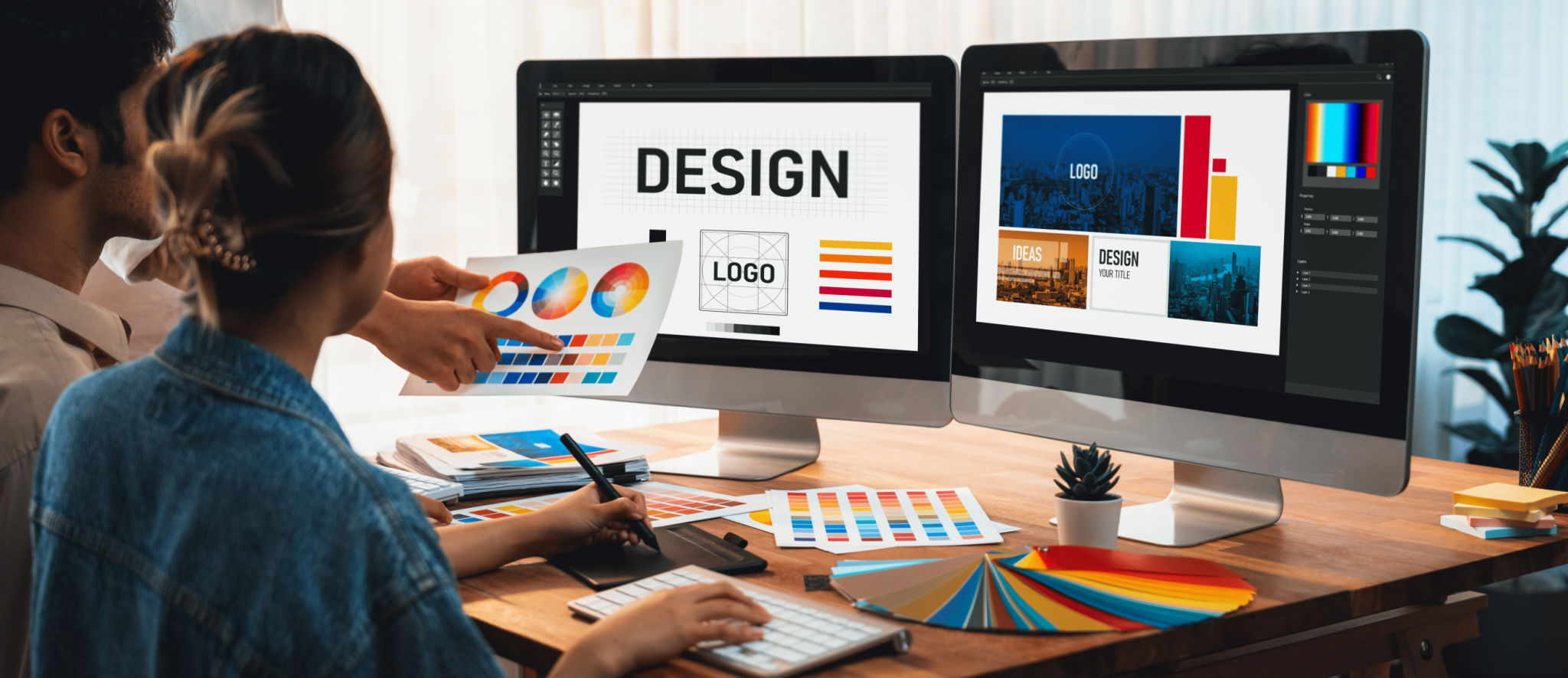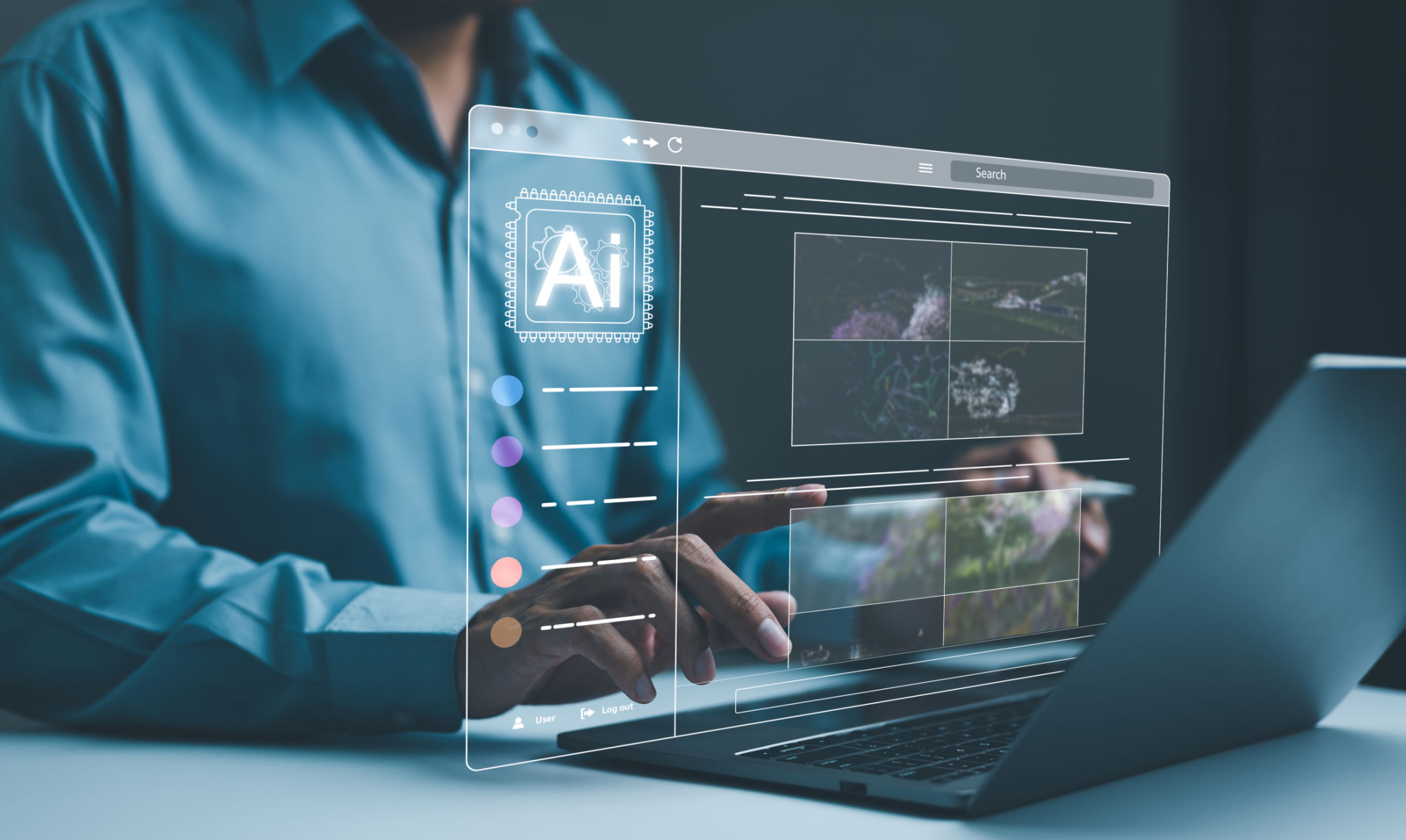How to Choose the Right AI Tools for Your Design Projects
Understanding Your Design Needs
Before diving into the world of AI tools for design projects, it's crucial to have a clear understanding of your specific needs. Are you looking to enhance graphic design, streamline UX/UI processes, or automate repetitive tasks? Identifying your primary goals will help narrow down the tools that are most applicable to your projects. Consider the scope of your projects and the level of automation you require.

Evaluating the Features of AI Tools
Once you've defined your needs, evaluate the features of potential AI tools. Some tools offer advanced capabilities like image recognition, while others might focus on automating design workflows. Look for features that align with your project requirements. For example, if you're working on a logo design, an AI tool with vector graphic capabilities might be beneficial.
Consider tools that offer customization and flexibility. The ability to tailor the AI's functionality to suit your unique project can be a significant advantage. Additionally, check if the tool integrates with other software you frequently use, as seamless integration can enhance efficiency.
Assessing Ease of Use and Learning Curve
The usability of an AI tool is another crucial factor. Choose a tool that matches your team's skill level. While some tools are designed for professionals with advanced technical expertise, others cater to beginners with intuitive interfaces. Evaluate whether the tool offers tutorials, customer support, and community forums for assistance.

Considering Pricing and Budget Constraints
Your budget will inevitably influence your choice of AI tools. Some tools come with a hefty price tag, offering a wide range of features, while others are more budget-friendly but might have limited functionalities. Determine which features are non-negotiable for your projects and find a balance between cost and capability.
It's also worth exploring free trials or demo versions of AI tools before committing to a purchase. This allows you to test the tool's capabilities without financial risk, ensuring it meets your expectations and requirements.
Evaluating User Reviews and Case Studies
User reviews and case studies provide valuable insights into the effectiveness and reliability of AI tools. Reading about other designers' experiences can help you understand the pros and cons of a tool from a real-world perspective. Look for reviews that specifically mention similar projects or industries to yours.

Understanding Data Privacy and Security
When using AI tools, particularly those that handle sensitive data, consider data privacy and security measures. Ensure that the tool complies with industry standards and regulations. Review their privacy policies to understand how your data will be used and protected.
Choosing an AI tool with robust security features not only safeguards your project's data but also builds trust with your clients. Always prioritize tools that are transparent about their data handling practices.
The Importance of Scalability
Your design projects may grow in complexity and scale over time, so it's important to select AI tools that can scale accordingly. Assess whether the tool can handle increased workloads and adapt to evolving project requirements without compromising performance.
Tools that offer regular updates and improvements can provide additional value, ensuring that you remain at the forefront of technological advancements in design.